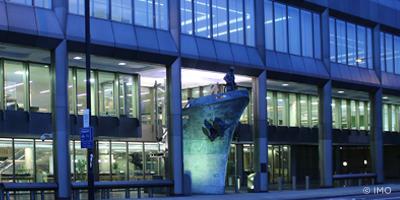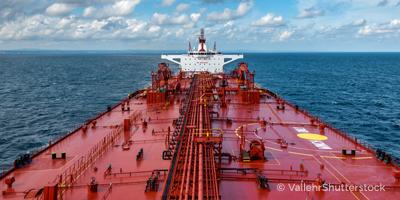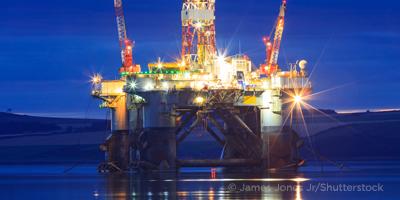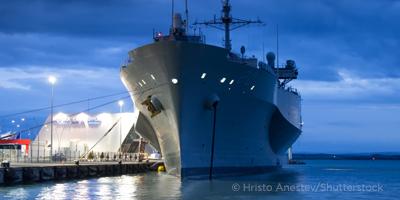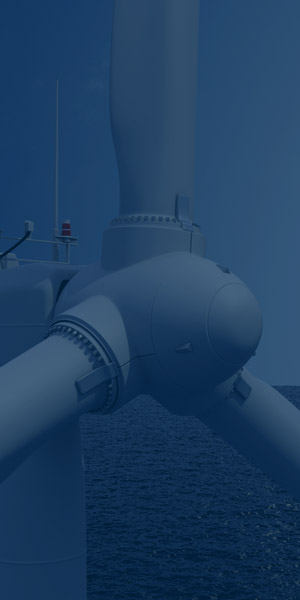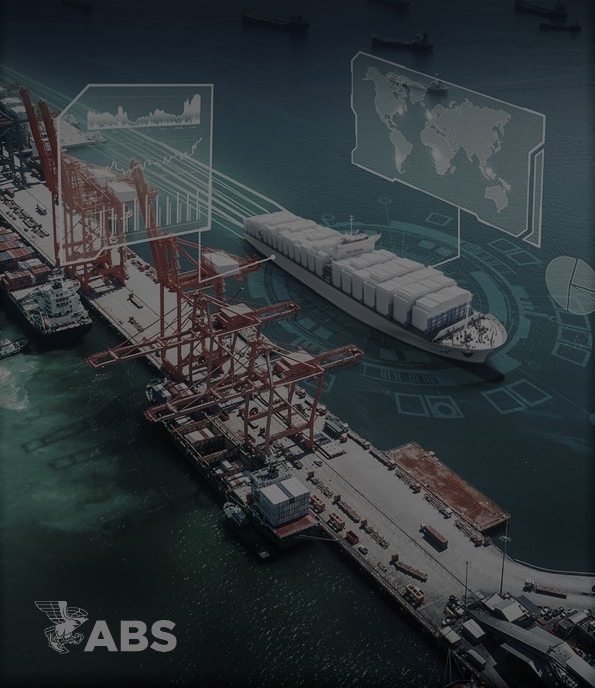Quick Links
What is “Fit for 55”?
Under the Paris Agreement, Parties are requested to prepare, communicate and maintain successive Nationally Determined Contributions (NDCs) they intend to achieve. The EU has declared the target to reduce the net greenhouse gas (GHG) emissions by at least 55 percent by 2030 and pursue complete carbon neutrality by 2050.
The European Union (EU) has developed a European Legislative Package, called “Fit for 55” aimed to pave the way to the 2030 GHG emissions target. In global comparison, it is considered one of the most pioneering and ambitious regulatory frameworks to reverse climate change and build a sustainable economy. It is in line with the Paris Agreement objective to keep the global temperature increase to well below 2o C and pursues efforts to keep it below 1.5o C. The legislative package consists of both new technical and market based regulations along with the revision of existing ones.
How will the shipping industry be affected?
In order to reach the target for 2030, all industrial sectors across the EU shall contribute. The EU began accounting for seaborne emissions generated in European territorial waters in 2018 with the EU MRV Regulation. In the context of the EU Fit for 55 legislative package, the proposals affecting the maritime industry are:
- Revision of EU Emissions Trading System (EU ETS)
A market based measure (MBM) aiming to put a cap on yearly generated absolute GHG emissions. The EU ETS revision will include the maritime transport sector and make the GHG reduction trajectory towards 2050 stricter.
- FuelEU Maritime
A technical measure that incentivizes the production and uptake of sustainable low carbon and renewable fuels.
- Revision of Renewable Energy Directive (RED)
Increases the ambition of share of energy derived from renewable sources in the EU’s gross final consumption in 2030 and sets the sustainability criteria for biofuels, biogas and renewable fuels of non-biological origin.
- Revision of Energy Taxation Directive (ETD)
Facilitates the transition from fossil fuels to alternative sustainable ones, by removing tax exemption from the former used between EU ports and setting a much lower minimum tax rate for the latter.
- Alternative Fuels Infrastructure Regulation (AFIR)
Requires EU member States to speed up the provision of LNG terminals by 2025 and Onshore Power Supply (OPS) in major ports by 2030.
Revision of EU Emissions Trading System (EU ETS)
From 1 January 2024, the maritime industry will gradually be integrated into the European Emission Trading System (EU ETS). Shipping companies operating in European territorial waters shall submit at the end of each reporting period the equivalent amount of European Emissions Allowances (EUAs) based on their verified monitored emissions of the previous year. The emissions covered under the EU ETS will be:
- 100 percent of the emissions of intra EU voyages;
- 50 percent of the emissions of voyages departing from or arriving to a port of a member State and a port of a third country;
- 100 percent of the emissions generated at berth in EU port.
To learn more about maritime's inclusion in EU ETS, visit the EU ETS page.
FuelEU Maritime Regulation
From 1 January 2025, the GHG intensity of energy consumed onboard vessels on European voyages will be evaluated on a well-to-wake (WtW) basis. Starting from 2025, an upper limit of GHG intensity — which is calculated based on the EU MRV data from 2020 — will be gradually decreased every five years from 2 percent in 2025 to 80 percent in 2050. This progressive reduction will incentivize the development and uptake of biofuels and renewable fuels of non-biological origin (RFNBOs). Additionally, from 1 January 2030, containerships and passenger ships shall connect to onshore power supply (OPS) and use it for all energy needs while at berth in a port of call under the jurisdiction of a member State.
The Renewable Energy Directive (RED II) is the legal framework for the development of renewable energy across all sectors of the EU economy. The revision of RED II increases the share of renewable energy in the EU’s overall energy consumption from 32 percent to 42.5 percent by 2030 with an additional 2.5 percent indicative top up that would allow consumption to reach up to 45 percent.
RED II affects all sectors of the EU economy. In particular, RED II has set specific targets for the transport sector. Member States can choose between:
- Setting a binding target of 14.5 percent reduction of greenhouse gas intensity in transport from the use of renewable fuels by 2030 or;
- Setting a binding target of at least 29 percent share of renewables within the final consumption of energy in the transport sector by 2030.
Furthermore, the revision sets up an additional binding combined sub-target of 5.5 percent advanced biofuels (biofuels not derived from food-based feedstocks) and Renewable Fuels of Non-Biological Origin (RFNBOs) in the share of renewable energies supplied to the transport sector. Last but not least, in conjunction with FuelEU there is a minimum requirement of 1 percent RFNBOs in the share of renewable energy supplied to the shipping sector in 2030.
RED II also specifies the sustainability and greenhouse gas emissions saving criteria for biofuels, bioliquids and biomass fuels. The GHGs emission savings criteria from the use of biofuels and bioliquids and RFNBOs in the transport sector are:
Plant operation start date |
Transport Biofuels |
Transport RFNBOs |
Before October 2015 |
50% |
- |
After October 2015 |
60% |
- |
After January 2021 |
65% |
70% |
The revision of Energy Taxation Directive (ETD) will remove outdated exemptions and incentives for the use of fossil fuels and especially in EU maritime transport. The updated rules will pave the way for the transition from fossil fuels towards cleaner renewable fuels. The current legislative proposals are mainly focused on:
- A new structure of tax rates based on the energy content and environmental performance of fuels. Minimum tax rates will be based on the energy content (expressed in Euros per GJ).
- Extending the taxable base with the inclusion of additional products and removing current exemptions and reductions.
As per current proposals the minimum tax rates of fuels used for transport, will be set as follows:
- For conventional fossil fuels and non-sustainable biofuels, a minimum tax rate of €10.75/GJ;
- For LNG, LPG and RFNBOs derived from fossil fuels, €7.17/GJ — for a transitional period of 10 years — before being taxed at the same rate as conventional fossil fuels;
- For sustainable biofuels, a minimum rate of €5.38/GJ;
- For advanced sustainable biofuels and biogas, RFNBOs such as e-hydrogen and related fuels for a transitional period of 10 years — a minimum rate of €0.15/GJ.
The new regulation for the deployment of alternative fuels infrastructure (AFIR), sets mandatory targets for the deployment of:
1. Refueling points at ports for liquefied natural gas (LNG).
2. EU ports to provide a minimum shore-side electricity supply for seagoing containerships and seagoing passenger ships, working together along with the FuelEU regulation.
3. Member States to develop draft national policy frameworks (NPFs) for the development of the market as regards alternative fuels in the transport sector.
In particular, by 1 January 2025, member States shall ensure that an appropriate number of refueling points for LNG are put in place at TEN-T core maritime ports.
TEN-T is EU’s trans-European transport network policy, a key instrument for the development of efficient and high-quality transport infrastructure across the EU. TEN-T consists of two layers, the core and the comprehensive network. The first includes the most important connections linking major cities and nodes and shall be completed by 2030. The latter connects all regions of the EU to the core network and needs to be completed by 2050.
Furthermore, in conjunction with FuelEU Regulation, by 1 January 2030, member States shall ensure that at least in TEN-T maritime ports, shore-side electricity infrastructure shall be developed for seagoing containerships and passenger ships. In more detail, TEN-T core and TEN-T comprehensive ports for which the annual number of port calls over the last three years, by seagoing containerships and seagoing ro/ro passenger ships is above 100 and 40 respectively, shall be equipped to provide each year shore-side electricity supply for at least 90 percent of the total number of port calls of seagoing container ships and seagoing ro-ro passenger ships of above 5,000 gross tons (gt).
The third key measure of AFIR is the development of National Policy Frameworks (NPFs) focused on the development of the market regarding the alternative fuels in the transport sector and the deployment of the relevant infrastructure. In that order, by 1 January 2025, member States shall prepare and send to the Commission a draft NPF that will contain at least:
- An overview of the planned initiatives for the deployment of infrastructure for alternative fuels in maritime ports, such as for electricity and hydrogen;
- A deployment plan for alternative fuels infrastructure in maritime ports other than liquefied methane and shore-side electricity, for instance hydrogen and ammonia;






